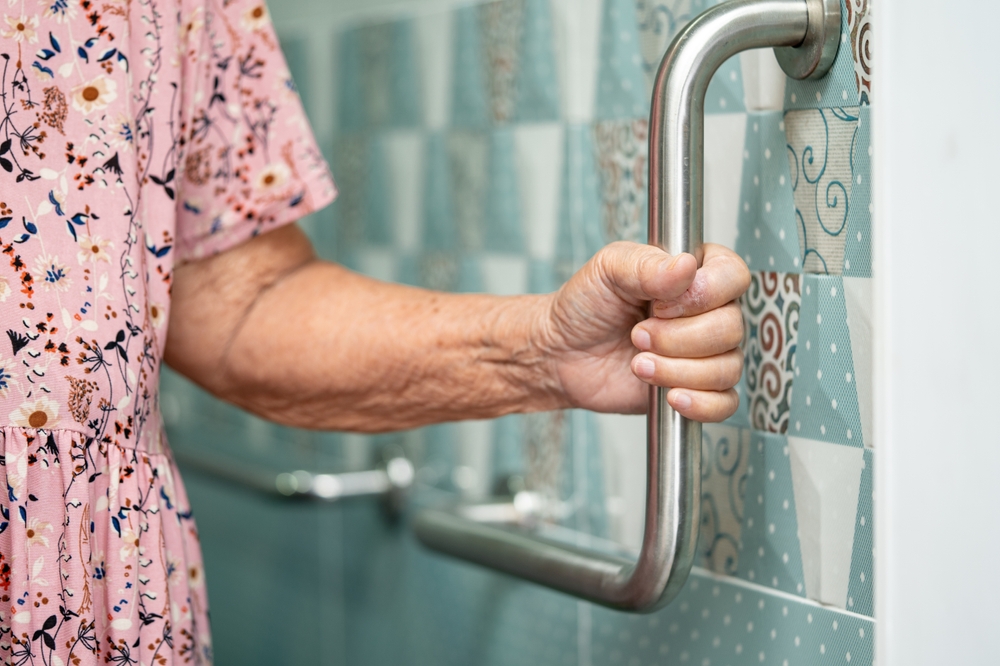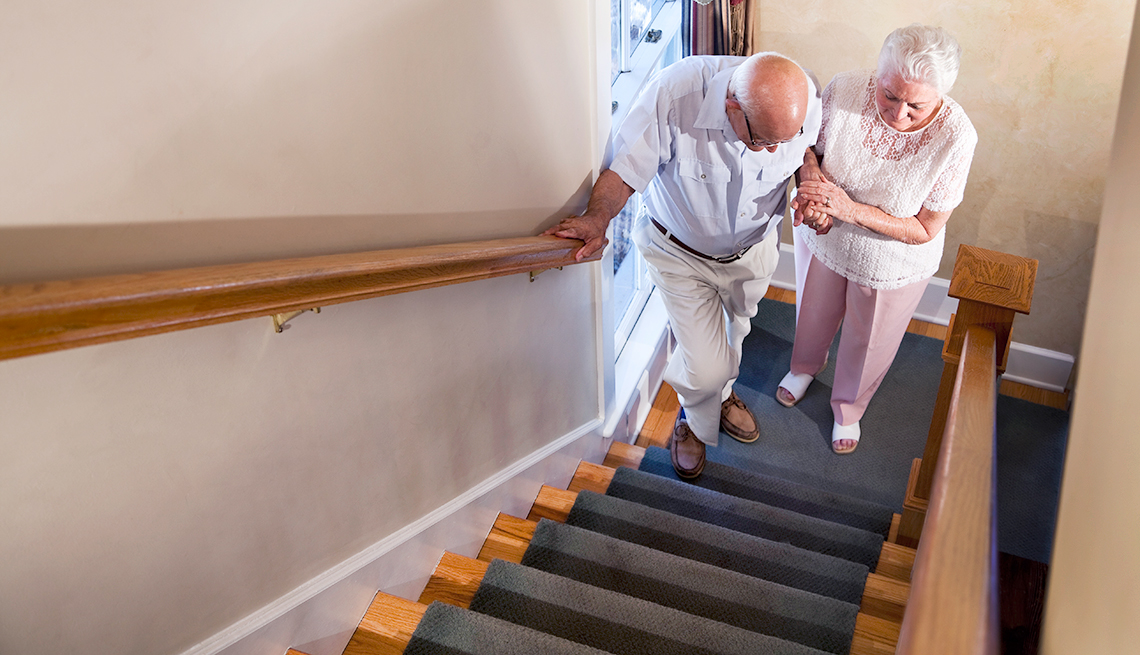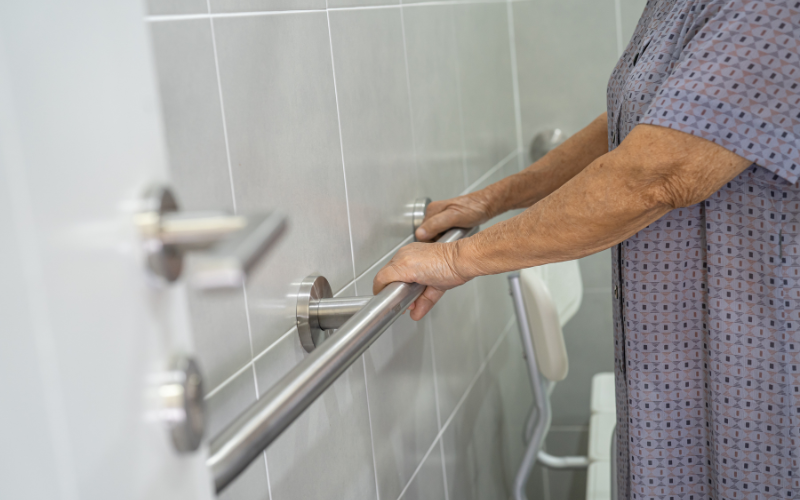In today’s fast-paced world, technological advancements have touched almost every aspect of our lives, including how we interact with our televisions. For seniors, TV remote accessibility is crucial. It’s not just about watching favorite shows; it’s about ensuring independence and comfort. With the right tools, seniors can enjoy their entertainment without frustration, even as they age.

Understanding the Challenges Faced by Seniors
As people age, they often encounter various challenges that can affect their ability to use standard TV remotes. These challenges can include reduced vision, decreased dexterity, and cognitive changes. Understanding these issues is the first step in addressing TV remote accessibility for seniors.
Vision Impairments
Many seniors experience vision impairments, such as macular degeneration or cataracts, making it difficult to see small buttons or read labels on a remote. This can lead to frustration and hinder their ability to enjoy watching television.
Dexterity Challenges
Arthritis and other conditions can reduce dexterity, making it hard to press small buttons or grip a remote firmly. This can make the experience of using a TV remote both physically and emotionally taxing.
Cognitive Changes
Cognitive changes, such as memory loss or confusion, can also impact a senior’s ability to operate a complex remote, leading to a sense of frustration and dependency on others.
Features of Accessible TV Remotes
Several features can make TV remotes more accessible for seniors. These devices are designed keeping in mind the specific needs and challenges faced by older adults.
Larger Buttons and Clear Labels
Remotes designed for seniors often feature larger buttons and clear, bold labels. This makes it easier for those with vision impairments to see and select the correct buttons, reducing the likelihood of errors.
Simple Layout
A simplified layout with fewer buttons can help prevent confusion. Remotes with only the essential controls can make it easier for seniors to navigate their TV viewing experience without unnecessary frustration.
Ergonomic Design
Ergonomically designed remotes can be easier to hold and use, especially for those with dexterity issues. These remotes often feature a shape that fits comfortably in the hand, reducing strain during use.
Technological Solutions for Enhanced Accessibility
Technology offers a variety of solutions to improve TV remote accessibility for seniors. From voice-controlled remotes to smart home integration, there are numerous options available.
Voice-Controlled Remotes
Voice-controlled remotes allow seniors to change channels, adjust the volume, and access content without needing to press buttons. This can be particularly beneficial for those who struggle with dexterity or vision issues.
Smart Home Integration
Integrating TV controls with smart home systems can offer additional convenience. Seniors can use devices like Amazon Echo or Google Home to control their television through voice commands, offering a hands-free experience. For more on smart home systems, you can visit smart care solutions.
Choosing the Right Remote for Your Needs
Selecting the right remote depends on several factors, including the senior’s specific needs, preferences, and the type of TV they own.
Assessing Individual Needs
Consider the senior’s specific challenges, such as vision, dexterity, or cognitive issues. This assessment can guide you in selecting a remote that best meets their needs.
Compatibility with TV and Devices
Ensure that the remote is compatible with the senior’s television and any other devices they use. Universal remotes can be an excellent choice as they can control multiple devices with a single remote.
Ease of Use
Choose a remote that is easy to set up and use. Look for models with clear instructions and simple programming to ensure a stress-free experience.
Additional Resources and Support
There are numerous resources available to help seniors and their families find the right TV remote accessibility solutions. From online reviews to professional assessments, these resources can be invaluable.
Professional Assessments
Consider seeking the advice of an occupational therapist or another professional who can assess the senior’s needs and recommend suitable products.
Online Reviews and Comparisons
Reading online reviews and comparisons can provide insight into the performance and usability of different remotes. This can help narrow down choices and find the best option.
Conclusion: Empowering Seniors Through Accessible Technology
By understanding and addressing the challenges faced by seniors, we can empower them to enjoy their favorite TV shows and movies with ease. With advances in technology and thoughtful design, TV remote accessibility for seniors is more attainable than ever. Providing accessible remotes not only enhances the entertainment experience but also supports independence and quality of life for seniors.

FAQs
What features should I look for in a senior-friendly remote?
Look for features such as larger buttons, clear labels, simple layout, voice control, and ergonomic design to ensure ease of use for seniors.
Are voice-controlled remotes suitable for all seniors?
Voice-controlled remotes can be beneficial for many seniors, especially those with dexterity or vision issues. However, its essential to ensure the senior is comfortable using voice commands.
How can I ensure my remote is compatible with my TV?
Check the remote’s specifications to ensure it is compatible with your TV model. Universal remotes are a versatile option as they can control multiple devices. For additional home safety tips, visit senior home safety.
This article contains affiliate links. We may earn a commission at no extra cost to you.






